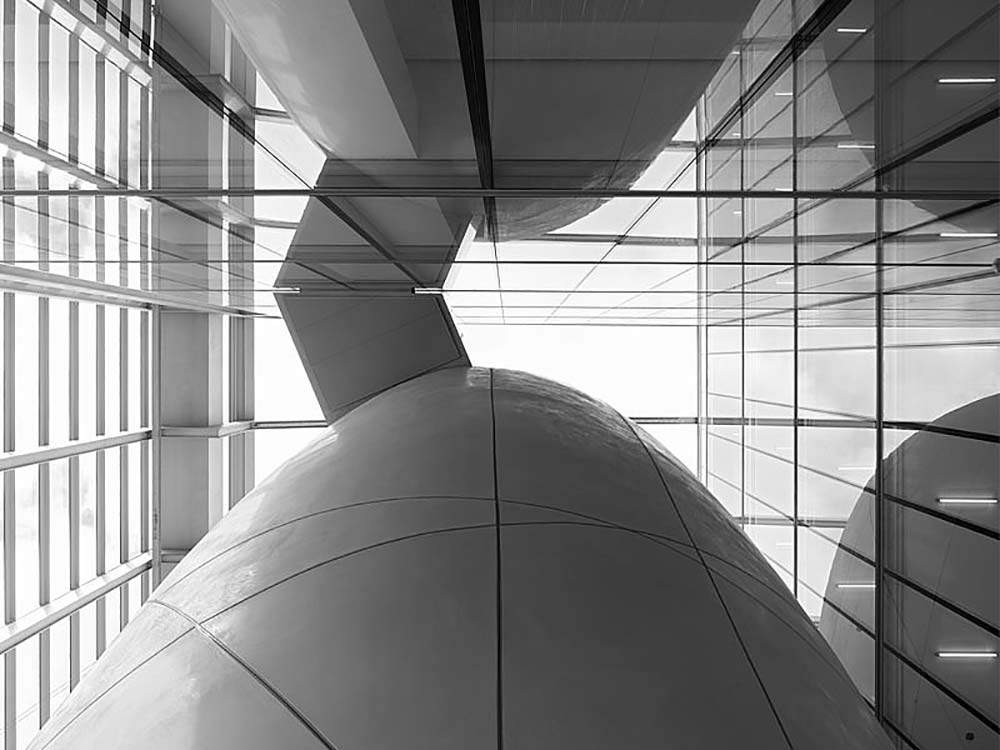
The Natural History Museum, London
Armuralia Polished Plaster finish embodies organic forms of cocoon silk at the Natural History Museum, London

A Monumental Cocoon: A New Architectural Icon
A new architectural icon for the capital, this extraordinary design features a vast, free-standing structure within a glass atrium, taking the form of a monumental cocoon—breathtaking in its originality and creative brilliance. The groundbreaking eight-story-high Darwin Cocoon houses a unique collection of 17 million insects and 3 million plants, gathered over the last 300 years by renowned scientists including Charles Darwin, Alfred Russel Wallace, and Sir Hans Sloane. This awe-inspiring building completes the Museum’s life science complex, the Darwin Centre, following the completion of the first phase in 2002.
Natural Elegance and Innovation

Unique design and technical solutions
A groundbreaking skeletal structure, measuring sixty-five meters long, was built by sprayed concrete specialists Shotcrete—marking the first above-ground sprayed concrete structural element in the world. Expanded metal mesh was attached to the steel re-bar framework, and a 250mm thick layer of concrete was spray-applied, resulting in a 3,500 m² raw concrete surface. Armourcoat then applied a resin-modified render to minimize localized surface variations before fitting a layer of polystyrene insulation. Using Dryvit Genesis adhesive and over 16,000 Hilti insulation fasteners, a 50mm polystyrene layer was added to the entire surface, followed by a layer of reinforcing mesh set into the Dryvit Genesis basecoat.
To craft the distinctive silk threads that wrap the structure, a custom-cutting machine was developed, allowing for precise slots to be cut into the individual 340 panels that comprise the cocoon surface. A total of 5.6 km of edge bead was then fitted, and Armourcoat’s Anticrack substrate preparation system was applied. Anticrack, a polymer- and fiber-modified gypsum skim-coat plaster, created a first-class substrate, ensuring the Polished Plaster remained in optimal condition. Two layers of keycoat were applied before the final finish.
The cocoon’s striking silk-like effect was achieved using Armuralia Polished Plaster, an exquisite, smooth finish with subtle tonal variations.
This monumental achievement is not only a unique design and technical solution befitting the Natural History Museum’s significance, but also serves as a stunning example of the cutting-edge commercial projects undertaken by Armourcoat, a company that celebrated twenty-five years of creative excellence in 2009.





Products
